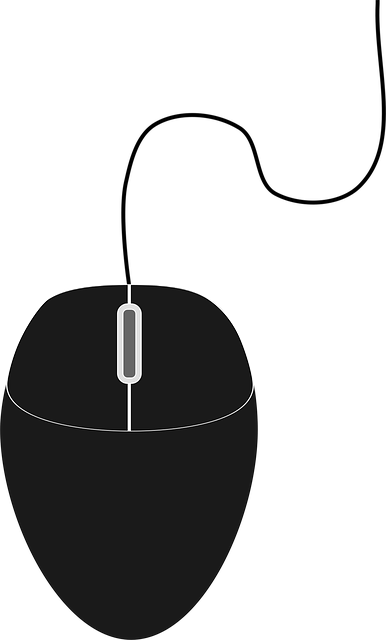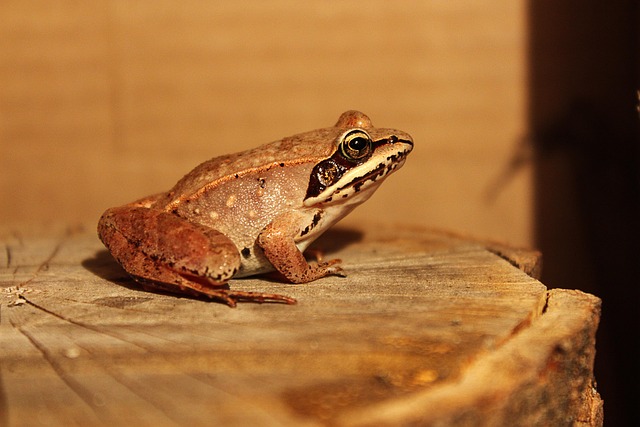Raccoons in your Lakewood attic? Look for nocturnal noises, pungent odors, small holes, chewed wiring, and droppings. Visual clues like disarranged insulation confirm their presence. Contact wildlife control experts for safe, effective relocation. Maintain a secure roof, inspect for damage, and trim tree branches to prevent future infestations.
Are you dealing with a skunk or raccoon problem in your Lakewood home? Recognizing the signs of an attic infestation is crucial. Look for unusual noises, strong odors, or visible droppings—these are clear indicators of a potential threat.
In such cases, it’s best to turn to expert wildlife control services specializing in safe and humane skunk relocation. This article explores these services, offering guidance on how to identify raccoon activity and prevent future infestations, ensuring your Lakewood home remains pest-free.
- Recognizing Raccoon Activity in Your Attic
- Expert Skunk Relocation Services: A Safe Solution
- Effective Strategies for Preventing Future Infestations
Recognizing Raccoon Activity in Your Attic

If you suspect there’s a raccoon infestation in your Lakewood attic, look for specific signs that indicate their presence. Raccoons are skilled climbers and can easily access rooftops, so an attic provides them with a warm, dry place to nest and raise young. Signs of their activity might include strange noises coming from the ceiling at night, such as scratching or scurrying sounds. You may also notice a strong, pungent odor resembling wet mud or ammonia, which is a telltale scent of raccoon urine.
Other visual clues could be small holes or rips in your attic insulation, chewed wiring, or even tiny droppings scattered around. Raccoons are known to create intricate networks of tunnels within attics, so keep an eye out for disarranged insulation or evidence of their nesting materials. If you observe any of these signs, it’s crucial to contact wildlife control experts for safe and effective raccoon relocation services.
Expert Skunk Relocation Services: A Safe Solution

Skunk relocation experts offer a safe and effective solution for homeowners facing an unwanted visitor—raccoons in their attics. If you’ve noticed signs of a raccoon infestation, such as droppings, chewed insulation, or odd smells, it’s crucial to act quickly. These skilled professionals are equipped with the knowledge and tools to humanely remove skunks from your home, ensuring both the safety of your family and the well-being of the animals.
Raccoon control specialists understand the intricacies of navigating these situations, especially in close quarters like attics. They employ careful techniques to trap and relocate the skunks without causing harm, minimizing damage to your property, and preventing re-infestations. By enlisting their expertise, you can rest assured that your attic will be cleared of unwelcome visitors, leaving behind a clean and safe living space.
Effective Strategies for Preventing Future Infestations

Raccoons are skilled climbers, often entering homes through chimneys or vents, so one of the best preventive measures is ensuring your roof and gutters are secure and in good repair. Regularly inspect your attic for any signs of damage or entry points, especially around the perimeter of the roofline. Keep tree branches trimmed back from the house to minimize access routes.
If you notice persistent raccoon activity, such as repeated attempts at entry or signs of nesting in your attic (like droppings or scent marks), it’s crucial to identify and address the infestation early. Professional wildlife control experts can help with safe and effective relocation, providing valuable insights into preventing future infestations. Remember, addressing the issue promptly is key to avoiding potential damage to your home and ensuring the well-being of these wild animals.
If you’ve noticed signs of a raccoon infestation in your Lakewood attic, it’s crucial to act swiftly. Expert skunk relocation services offer a safe and humane solution, ensuring these wild animals are removed without causing harm or property damage. By understanding the signs and implementing effective prevention strategies, you can protect your home from future infestations. Remember, prompt action is key to maintaining a secure living environment.
